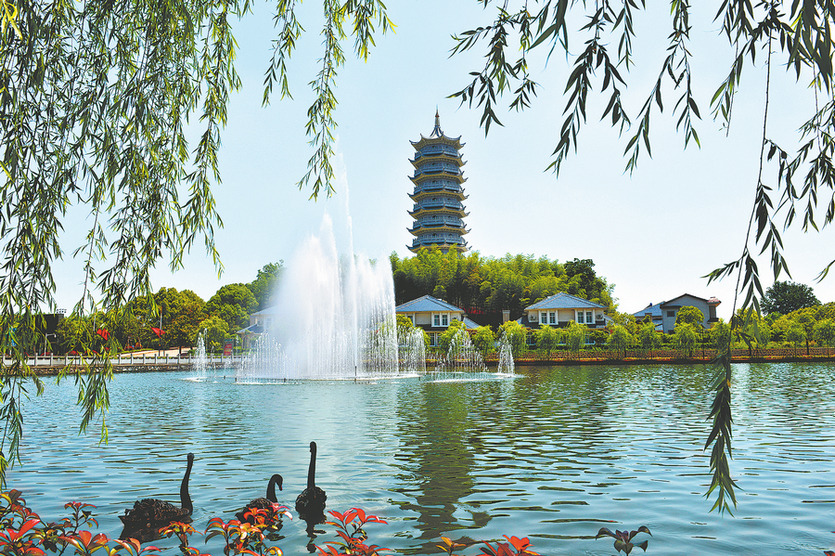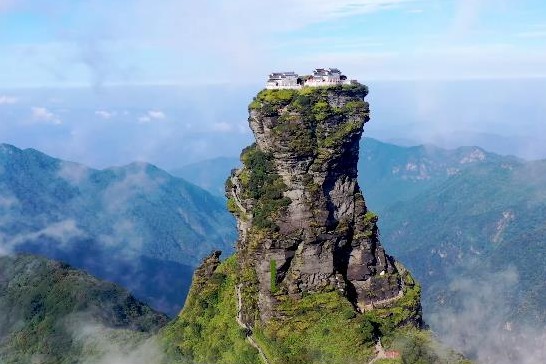Great Wall rejuvenation revives village life

The Shandan section of the Great Wall is located deep in the vast Gobi Desert in Northwest China's Gansu province, its crumbling, sand-colored structure looming over the ancient Xiakou village.
Unlike the famous Badaling Great Wall in Beijing, which is built of solid rectangular rampart bricks, the Shandan section is made of rammed earth and is seriously eroded in places.
However, the scene of parched decay is relieved by large swathes of apricot orchard, planted on either side of the wall by local residents over the past several years. It is one sign of ongoing efforts to rejuvenate this age-old site, and they are finally, and literally, bearing fruit.
Since 2014, over 770 hectares of apricot trees have been planted by the villagers of Xiakou in Shandan county, Zhangye city, to protect the wall, which was built during the Ming Dynasty (1368-1644).
Fang Wei, 35, is the Party chief of Xiakou village, where he was born and raised. Like many of his fellow villagers, he feels a special bond with the wall, which attracts visitors from afar.
"The Great Wall always reminds me of my hometown," he says.
However, many local young people have left their home in search of work in the big cities, he says. At one point, the population in the village fell from 492 to just 62, and the average age of the village was 65.
In the 1990s, the local government tried to boost tourism, leveraging the history of the Great Wall. Visitors were invited to explore the Shandan section of the Great Wall, which measures 3 meters wide and 4 meters tall, and has suffered from the windy, arid conditions. The tourism project failed due to a lack of investment and management.
At the age of 18, Fang went elsewhere in search of work, but he always felt a sense of nostalgia for his hometown. In 2006, he returned and went into business, raising broiler chickens, planting forage grass and running his own mutton business. By the end of 2020, the annual income of his cooperative had reached 2.6 million yuan ($402,427).
Despite his busy schedule, he volunteered to protect the Xiakou section of the Great Wall by planting apricot trees alongside the ancient structure.
Planting trees in the desert has never been easy. He dug a well near the wall for irrigation, but the first batch of saplings mostly died.
In the summer of 2014, a group of college students visited the area and volunteered to join Fang's project of greening the Great Wall. Along with the villagers, the students became regulars of Xiakou, helping to plant trees until they finally produced fruit in 2017.
In 2019, the government launched a campaign to construct national cultural parks near sections of the Great Wall across the country. The Shandan section was included in the first batch of Great Wall sections to be placed under priority protection. The Xiakou section will be restored within the year, according to the plan.
Shandan county plans to build a sightseeing trail along the wall, and supporting facilities, such as a tourist center, will also be constructed, says Zhang Li, a tourism official of the county, adding that the new development will revive the ancient Xiakou village and benefit its residents.

































